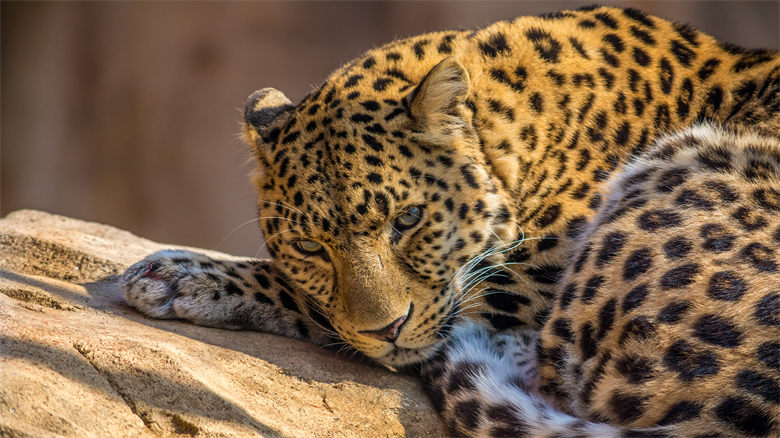
Introduction
Seagulls are beautiful, majestic creatures that can be seen soaring across the sky or perched on a pier by the ocean. These birds are found all over the world, and they are often associated with the sound of waves crashing and the smell of saltwater in the air. But what do we really know about seagulls? In this article, we'll explore the fascinating world of these birds and learn more about their behavior, habitat, and unique characteristics.
Habitat and Distribution
Seagulls, as their name suggests, are primarily found in coastal regions, although they are also known to venture inland to search for food. They are found on every continent except for Antarctica, and there are over 50 species of seagulls worldwide. Some of the most common species in North America include the Herring Gull, the Great Black-backed Gull, and the Laughing Gull.
Seagulls are highly adaptable birds and can thrive in a variety of environments, ranging from rocky shorelines to urban areas. They are opportunistic feeders and will eat almost anything they can find, from fish and crustaceans to insects and carrion.
Physical Characteristics
Seagulls are often recognized by their distinctive white and gray plumage, although some species have darker markings or a more mottled appearance. They typically have large wingspans and are strong, powerful fliers that can soar for hours at a time.
One of the most unique physical characteristics of seagulls is their webbed feet, which enable them to swim and dive for food in the water. They also have sharp, hooked beaks that allow them to catch and hold onto their prey. Seagulls are highly vocal birds and can often be heard squawking or calling out to one another.
Behavior
Seagulls are highly social birds and are known to form large flocks, especially during the breeding season. They are also territorial birds and will defend their nesting sites aggressively against other birds or animals that come too close.
During the breeding season, seagulls will build nests out of twigs, grasses, and other materials. They typically lay between one and three eggs, which hatch after about three weeks. Both male and female seagulls take turns incubating the eggs and caring for the young.
Interactions with Humans
Seagulls have long been a part of human culture and are often depicted in art, literature, and mythology. In some cultures, seagulls are seen as symbols of freedom or as messengers from the gods.
However, seagulls can also be a nuisance to humans, especially in coastal areas where they may steal food or create messes. Some species of seagulls have also been known to attack humans who come too close to their nesting sites.
Because of their adaptive nature, seagulls are not considered an endangered species. However, like many animals, they can be negatively affected by human activities such as pollution, habitat destruction, and overfishing.
Conclusion
Seagulls are fascinating creatures with a rich history and unique characteristics. Whether soaring across the sky or perched on a pier by the ocean, these birds are always a welcome sight. By learning more about seagulls and their behavior, we can better appreciate and protect these important members of our natural world.

 阿壮博客
阿壮博客























